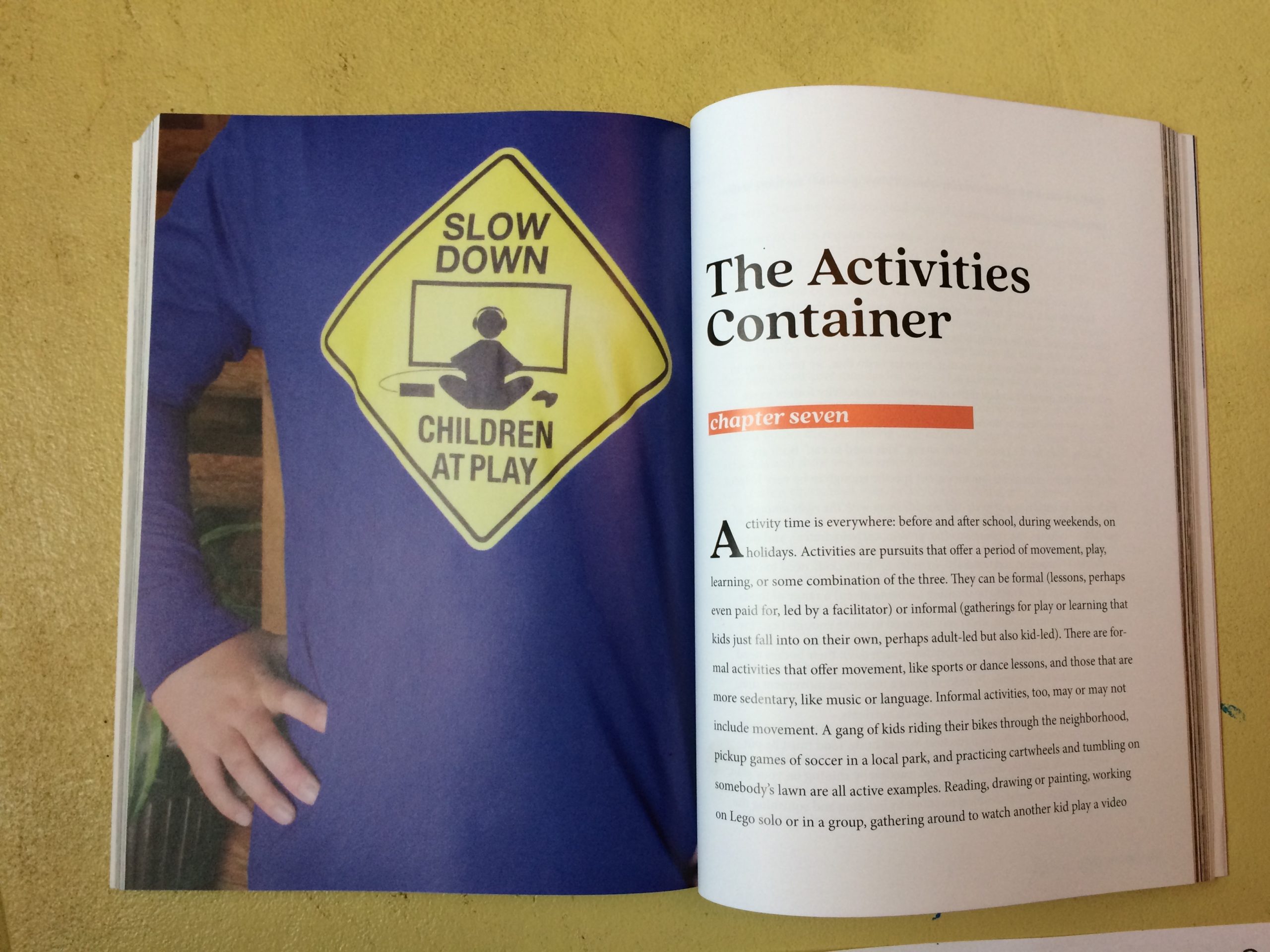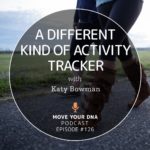
In Grow Wild, I dig into mechanical nutrients much more deeply than in any previous book. "Mechanical nutrients" are the biochemical responses on the cellular level that come from your larger body parts moving around or being acted upon by physical forces. (If you haven't read Move Your DNA yet, you'll probably want to start there, which will give you a sense of what I mean by "movement nutrition" and a "movement diet.")
I often get questions like "is rebounding good for me" or "what's the single best exercise if I can only do one." The trouble with these questions, at least for me, is they disregard the most important detail that sets the context for any answer: you are shaped by all the movements you do each day (including when you're sitting down).
Every movement creates different cellular movements (really, you'll want to read or listen to Move Your DNA). There are not really good or bad movements, it's all about all of the movements you have done before, what your goals are for moving, and how all the movements you do work together. Chapter Seven of Grow Wild is called The Activities Container. Activities are all the things we do. Working, sleeping, playing cards, playing tag, taking ballet, walking home from school, eating breakfast, doing dishes, going for a run. We tend to think of activities by how much time they take; I think of them as what movements they facilitate. So, when people ask me about which movements they should do, it's just like asking a dietician "what should I eat." They're going to want to see a week's diary of your diet. Similarly, to figure out which movement nutrients you're not getting takes some work on your end. It takes looking at how you're moving your body now throughout your daily activities.
To help Grow Wild readers I came up with this chart above (you're free to download and use it but not to modify or adapt it) to use in conjunction with the Activities chapter. Actually, anyone can use it, but the definitions of the categories up top and why I've chosen them have reasons that might not be clear without reading the book.

In short, you'll fill up the left-hand column with all the activities that fill up a typical day or week for you and then, moving to the right of each activity, check the box for the movements they create. When you're done, answer the questions at the bottom to see how your activities move you most, what categories of movement are being missed by your current activities and then brainstorm either new activities, or how to modify the way you do activities so they end up checking different boxes. Why? Because it's your activities that move you and thus they move your DNA.
 I think this tracker holds the potential to gather the threads of theory presented in Move Your DNA and Grow Wild into a practice. So, I recorded an entire podcast episode about it: Ep. 126: A Different Kind of Activity Tracker. Listen to it (or read the transcript) here, or download it wherever you get your podcasts.
I think this tracker holds the potential to gather the threads of theory presented in Move Your DNA and Grow Wild into a practice. So, I recorded an entire podcast episode about it: Ep. 126: A Different Kind of Activity Tracker. Listen to it (or read the transcript) here, or download it wherever you get your podcasts.